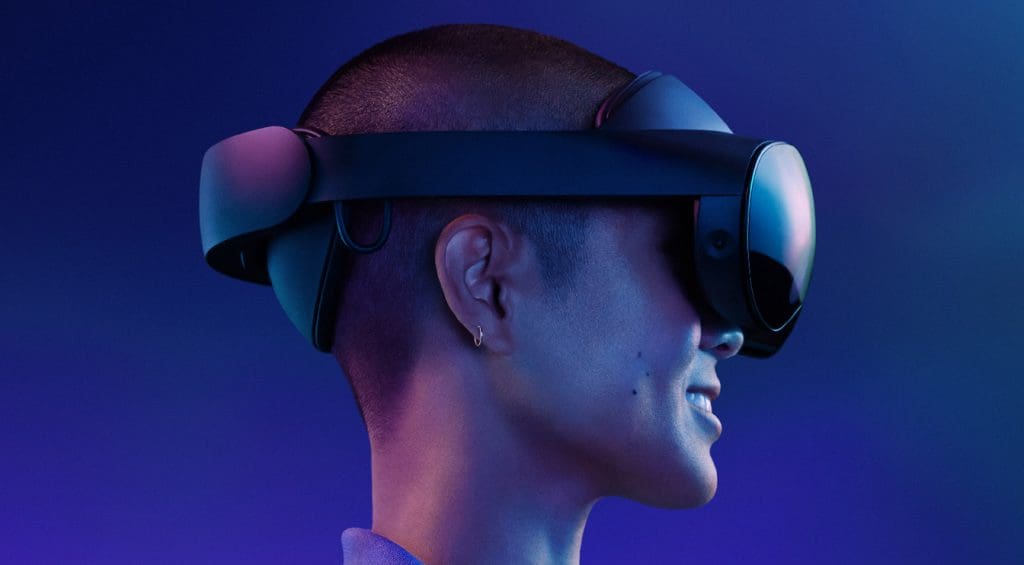At an online event for programmers, Mark Zuckerberg introduced a new virtual reality device called the Meta Quest Pro. At £1,499 (about $1,599), Quest Pro is almost four times as expensive as Meta’s existing headset, the Quest 2, which retails for $399. A price increase from $300 to $400 was implemented early this year, so that is $1,100 more than the company’s entry-level Quest 2 headset.
Industry observers in the virtual reality (VR) space have speculated for months that Meta’s new gadget may cost anywhere from $800 to $1,500 based on tips and feature leaks. A lot of people, even die-hard VR fans, were taken aback when they found out the price was at the top end of that range.
Meta Quest Pro VR Headset Comes With A Hefty Price Tag
Meta Quest Pro VR Headset has self-tracking controls and smaller lenses, and the battery wraps around the back of the head strap. The headgear also has a peripheral screen that lets the wearer view their actual surroundings. Unlike its forerunner, Quest Pro allows users to watch digital material superimposed on top of the actual environment. A Gartner analyst, Tuong Nguyen, said that the hefty initial cost of the gadget made it more appropriate for “high-end, enthusiast, and perhaps business customers” than for the general public.
Last week’s press demonstrations for Meta Quest Pro applications were a mixed bag. There were a few instances when the peripheral vision of the colour pass-through imaging (data from the outside environment captured by the device’s cameras) seemed distorted. Feeling unnatural when using Horizon Workrooms, Meta Quest Pro VR software for business.
As a consequence, we have a computer platform that is both technologically powerful and capable of propelling consumers into the future of virtual reality, but which may not be the right device necessary to make VR completely widespread. This headgear can be used for both VR and “mixed reality.” Also is a wonderful diversion, but it serves as a useful reminder that real-life contact is preferable.



